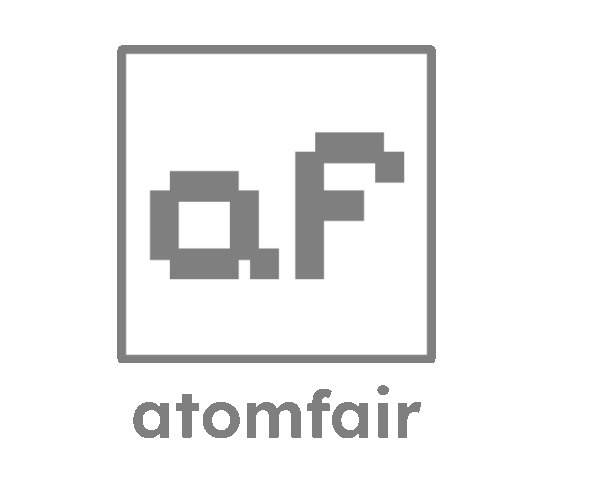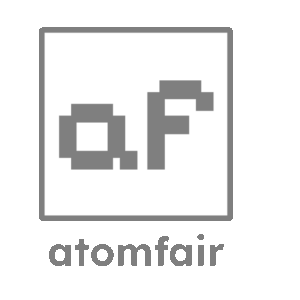Your cart is currently empty!

Atmofair Tris(2-Chloroethyl) Phosphite
Tris(2-chloroethyl) phosphite (CAS 115-96-8) is a colorless to pale transparent liquid with a faint pungent odor, featuring C₆H₁₂Cl₃O₃P as its molecular formula and 269.49 g/mol as molar mass. Insoluble in water but miscible with ethanol/ether, it serves as an organic synthesis intermediate, flame retardant, and PVC additive, demanding sealed storage at -20 °C.
Description
| CAS Number | 140-08-9 |
|---|---|
| English Name | Tris(2-chloroethyl) phosphite |
| Molecular Formula | C₆H₁₂Cl₃O₃P |
| Molecular Weight | 269.490 |
| Appearance | Colorless to nearly colorless transparent liquid, with slight pungent odor (some sources indicate no obvious characteristic odor) |
| Exact Mass | 267.95900 |
| PSA (Topological Polar Surface Area) | 41.28000 |
| LogP (Hydrophobic Parameter Calculation Reference Value) | 2.97950 |
| Density | 1.328 g/mL (25 Degrees Celsius, literature value) |
| Boiling Point | 112-115 Degrees Celsius (2 mmHg, literature value); 98 Degrees Celsius (0.1 kPa, some source data) |
| Melting Point | Not determined (N/A) |
| Flash Point | 375 ℉ (approximately 190.6 Degrees Celsius) |
| Refractive Index | n₂₀/D 1.487 (20 Degrees Celsius, literature value) |
| Vapor Pressure | 0.00359 mmHg (25 Degrees Celsius, calculated value) |
| Solubility | Insoluble in water, soluble in common organic solvents such as ethanol, ether, benzene, acetone |
| Storage Conditions | It is recommended to store sealed at -20 Degrees Celsius, protected from moisture, away from open flames and oxidants, and should be placed in a locked warehouse |
| Main Uses |
|
| GHS Classification | Flammable liquids (Category 4), Acute toxicity – Oral (Category 3), Acute toxicity – Dermal (Category 3), Skin corrosion/irritation (Category 3), Serious eye damage/irritation (Category 2A) |
| GHS Symbols | GHS06 (Toxicity), GHS08 (Health hazard) |
| Signal Word | Danger |
| Hazard Statements | H301+H311 (Toxic if swallowed or in contact with skin), H315 (Causes skin irritation), H319 (Causes serious eye irritation), H330 (Fatal if inhaled), H335 (May cause respiratory irritation), H340 (May cause genetic defects), H350 (May cause cancer) |
| Precautionary Statements | P201 (Obtain special instructions before use), P260 (Do not breathe dust/fume/gas/mist/vapors/spray), P280 (Wear protective gloves/protective clothing/eye protection/face protection), P284 (Wear respiratory protection), P301+P310 (If swallowed: Immediately call a poison center or doctor), P305+P351+P338 (If in eyes: Rinse cautiously with water for several minutes. Remove contact lenses, if present and easy to do. Continue rinsing) |
If you are interested or have any questions, please contact us at inquiry@atomfair.com
Disclaimer: Sold exclusively for laboratory research.
